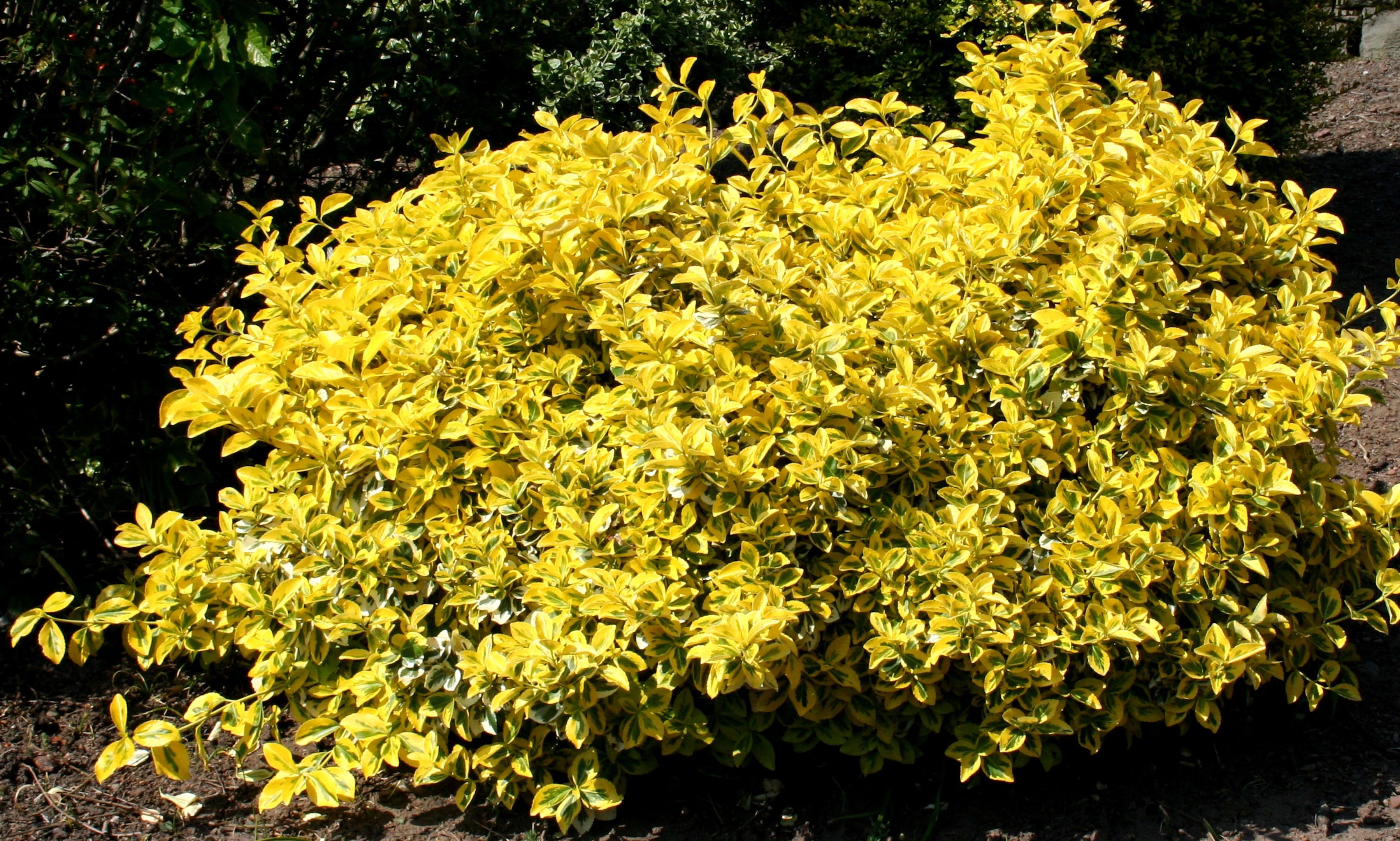The winter months can be a quiet time in the garden as most plants are dormant, but with a wee bit of research you will find there are quite a few plants that have their day in winter.
Bringing these together to create a winter garden can give a focus of interest from November till the end of March.
Although we may not get a blaze of dazzling flowers, we do get a surge in the feel good factor on coming across the Chinese Witch Hazel, Hamamelis mollis and Jasminum nudiflorum in full flower on a sunny January day, and Viburnum bodnantense Dawn’s pink flowers have a terrific scent.
Down at ground level the heather Erica carnea flowers all winter with red, pink and white flowers and the Christmas rose, Helleborus niger has pink, mauve and my favourite with a pure white flower.
Another impressive specimen with tall yellow flowers is Mahonia Charity.
Many variegated evergreen shrubs show off their brightly coloured leaves in winter without having to compete with the spring or summer flowers.
Euonymous Emerald N’Gold, and Emerald Gaiety, (the silver variety), Elaeagnus pungens maculata with a yellow variegation and Lonicera Baggesons Gold are some of the brightest shrubs in winter, but some can grow quite big so need plenty of room.
The Lonicera is also a favourite for nesting birds as the dense foliage gives them ample protection and camouflage, so please do not clip these shrubs into modern round, square or other unusual shapes to keep them under control.
Give them plenty of space and let them grow naturally.
As autumn gives way to winter there is a period of several months when it is the berried plants that take centre stage from trees to ground cover.
The rowans come in a range of colours from white to pink and yellow to red.
They also have fiery autumn colour as the leaves drop leaving behind a prolific crop of berries to feed the birds for a couple of months.
The Cotoneaster genus has a huge range of red berried shrubs varying in size from the massive Cotoneaster frigidus up to 20 feet tall to the normal C. simonsii then coming down the scale to C. horizontalis with its herring bone pattern and down to the ground cover C. dammeri.
If you are looking for a plant to cover a north facing wall the firethorn, Pyracantha comes in a range of colours and the thorny habit gives perfect cover for your local blackbird at nesting time.
If you have room for a specimen tree several maples have bright coloured stems, such as the coral bark maple Acer palmatum Sango Kaku, and some have peeling bark, but it is the white stemmed birch, Betula jaquemontii that gets my top marks for an impressive tree to stop you in your tracks.
Several shrubs have dazzling coloured stems in winter, very visible once all the leaves are off.
Cornus alba Westonbirt and Mid Winter Fire are two beauties and the Cornus stolonifera flaviramea has yellow stems.
If you want variety, try the grey stemmed Rubus giraldianus which appears as if it was covered in frost.
However it has very thorny stems which can be a nuisance for spring pruning. Kerria japonica has bright green stems but also gets covered in a mass of yellow flowers in spring.
The willow Salix britzensis has orange stems that can grow ten feet tall in one season.
All these shrubs which are grown for their coloured stems are best treated as stooled bushes, (except the Kerria,) which get cut back to ground level at the end of March just when they are ready to burst into growth.
It is the new one year old shoots that have the brightest colours.
These shrubs can be planted together in a large drift for greatest impact, and plant some crocus and tulips between them for spring colour as they can all grow happily together.
Wee jobs to do this week
Most roses will now be dormant so they can be pruned now, but leave any buds still clinging on, hoping to flower on a sunny day as fresh roses in early winter are great to enjoy.
Otherwise for bush roses remove some old shoots but leaving behind all strong young shoots and hopefully you will have about five or so young shoots which can be tipped by about a third of their height.














